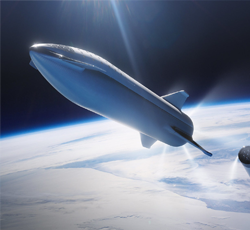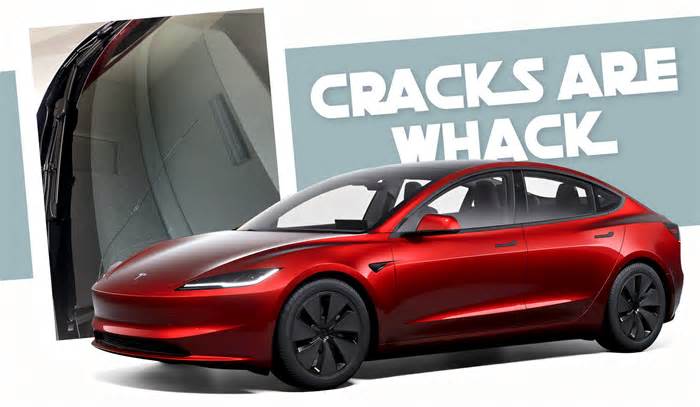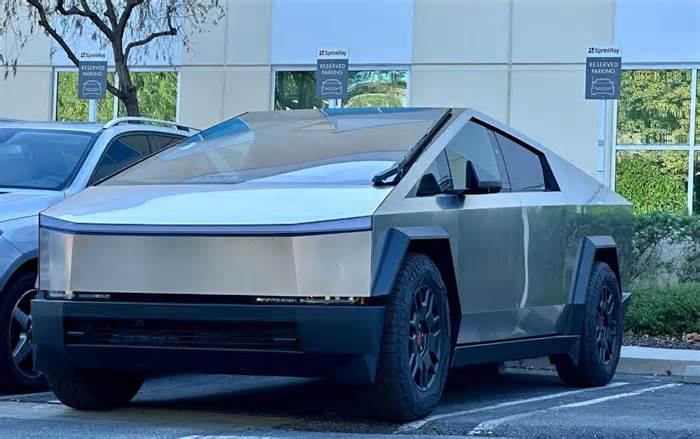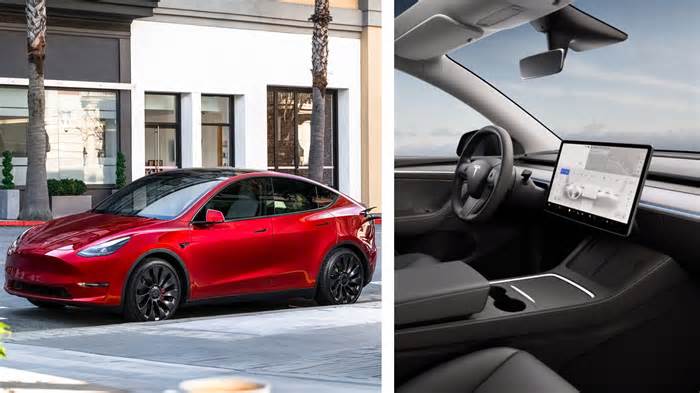
SpaceX Version 3 Starship and Version 3 Starlink Both Arrive in 2025
- by NextBigFuture
- Feb 03, 2025
- 0 Comments
- 0 Likes Flag 0 Of 5
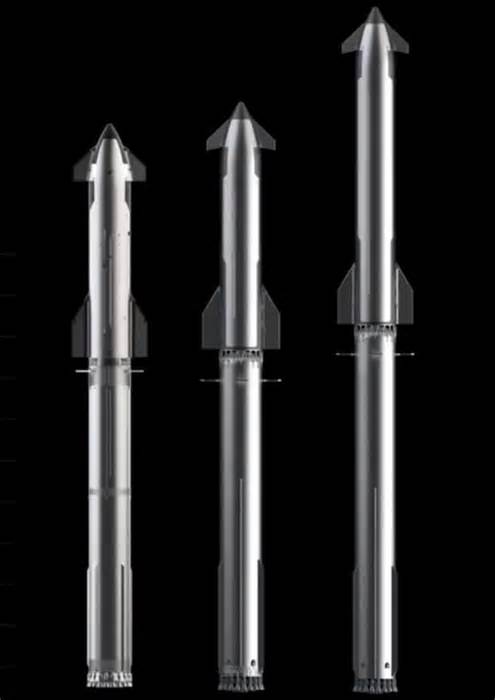
Brian Wang
SpaceX Starship V3 will be 20-30 meters taller with a proposed height of 140 to 150 meters. This increase in height is aimed at accommodating more propellant, thus increasing payload capacity. SpaceX could upgrade to Starship version 3 by November, 2025.
It is projected that Starship V3 could have a payload capacity of approximately 200 tons to low Earth orbit (LEO) when fully reusable, and potentially more if expendable.
Starship V3 is expected to have a thrust of around 10,000 tonnes force at launch, which would make it the most powerful rockets ever developed, exceeding even many of the theoretical Nova rocket variants.
There is a plan for Starship V3 to demonstrate capabilities like in-orbit refueling and possibly serve as a tanker for missions to destinations requiring more extensive refueling, such as the Moon or Mars.
Starlink Version 3 Should Start Deployment from Starship in a few Months
Each Version 3 Starlink satellite will weigh about 1900 kg. Version 2 Mini’s weigh 575 kg.
Dimensions: When deployed, V3 satellites will have a wingspan of about 60 meters, unfolded from a base of 7-8 meters, allowing for larger antennas and solar panels.
Uplink: Each V3 satellite is expected to have an uplink capacity of 160 Gbps.
Downlink: The downlink capacity for each satellite is planned to be 1 Terabit per second..
Total Capacity per Launch: Each Starship launch carrying V3 satellites is anticipated to add 60 Tbps of capacity to the Starlink network, which is more than 20 times the capacity added by a V2 Mini launch on Falcon 9.
The version 3 SpaceX Starship could launch over 100 version 3 starlink satellites. This would be 100 Tbps of downlink capacity.
The version 3 Starlink will have nearly 4 Tbps of combined RF and laser backhaul capacity, which is crucial for data transmission between satellites.
Computing, Modems, Beamforming, and Switching: V3 satellites will use SpaceX’s next-generation technology in these areas for superior performance and efficiency.
Latency: The satellites aim for a latency of about 5 milliseconds, made possible by being positioned at a lower orbit of 350 km.
SpaceX filed a request late in 2024 with the Federal Communications Commission (FCC) to deploy up to 29,988 satellites. This request should be approved soon.
Brian Wang
Brian Wang is a Futurist Thought Leader and a popular Science blogger with 1 million readers per month. His blog Nextbigfuture.com is ranked #1 Science News Blog. It covers many disruptive technology and trends including Space, Robotics, Artificial Intelligence, Medicine, Anti-aging Biotechnology, and Nanotechnology.
Known for identifying cutting edge technologies, he is currently a Co-Founder of a startup and fundraiser for high potential early-stage companies. He is the Head of Research for Allocations for deep technology investments and an Angel Investor at Space Angels.
A frequent speaker at corporations, he has been a TEDx speaker, a Singularity University speaker and guest at numerous interviews for radio and podcasts. He is open to public speaking and advising engagements.
Categories
Please first to comment
Related Post
Stay Connected
Tweets by elonmuskTo get the latest tweets please make sure you are logged in on X on this browser.
Sponsored
Popular Post
tesla Model 3 Owner Nearly Stung With $1,700 Bill For Windshield Crack After Delivery
33 ViewsDec 28 ,2024
Middle-Aged Dentist Bought a Tesla Cybertruck, Now He Gets All the Attention He Wanted
32 ViewsNov 23 ,2024





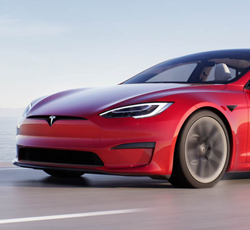
 Energy
Energy